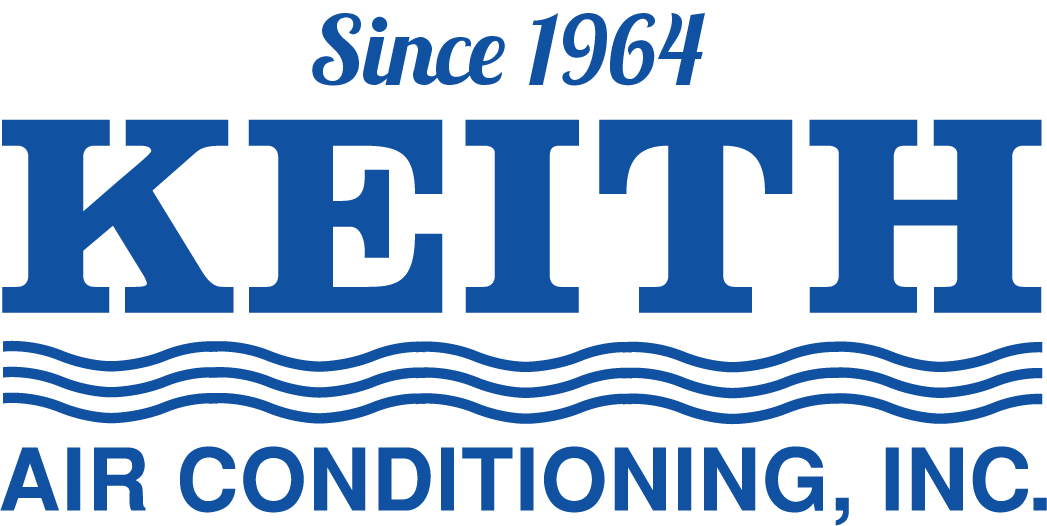It’s that time of the year again: time to schedule a spring HVAC tune-up to make sure your system is in top shape for keeping you cool in the summer heat. As part of your twice-yearly HVAC checkup, your system’s spring tune-up is crucial for keeping your hard-working system functioning at an optimal level of efficiency when the mercury rises. Setting your appointment well in advance of summer while the weather is still mild will help you fully prepare for a time of year when your system will need to work overtime to keep your home or commercial space cool. Scheduling your HVAC tune-up now will also help you avoid the early-summer rush when all those who haven’t prepared ahead will begin filling your HVAC service company’s appointment book, making it harder for you to get the appointment you want.
Benefits of an HVAC System Tune-up
A pre-season cooling system tune-up offers home and business owners a number of valuable benefits. Several of these benefits follow:
- Adjustment and lubrication of your AC system’s moving parts can contribute to smoother system operation.
- A technical inspection of your HVAC system can uncover potential safety issues.
- Your semi-annual heating and cooling system check can save you money by increasing your system’s energy efficiency.
- Cleaning, tuning and calibrating your HVAC system on a regular basis can enhance heating and cooling, improve indoor air quality and increase your indoor comfort.
- Regular, routine HVAC maintenance can prevent system breakdown that might require costly repairs.
- Keeping your system in top operating condition can increase the life of your HVAC equipment.
Components of Your Spring HVAC Tune-up
Your spring HVAC system tune-up will involve inspecting and servicing the following parts of your air conditioning system:
- Thermostat
- Coils
- Fan motor, blades and housing
- Condensate drain
- Electrical wiring and connections
- Valves
- Switches and controls
- Safety devices
- Contacts
- Compressor
- Bearings
- Capacitors
- Air ducts
Other HVAC tune-up services included when you schedule a spring HVAC tune-up …
- Checking refrigerant level and operating pressure
- Checking supply and return temperature differential
- Changing air filter
Let Keith Air Conditioning, Inc. Give Your HVAC System a Top-Notch Spring Tune-up
Don’t get caught without dependable cooling this summer. Schedule a spring HVAC tune-up with Keith Air Conditioning, Inc. to make sure that “all systems are GO” when the hot weather arrives. Our NATE-certified maintenance techs will thoroughly inspect and service your cooling system anywhere in Baldwin County AL. These experienced professionals are factory-trained to offer the precision tune-up your system needs for optimal summer operation. The height of the summer heat is no time to attempt to handle the maintenance that should have been done in advance. So, don’t wait. Let our maintenance technicians provide the pre-season service that will help you enjoy a cool, calm, and comfortable summer.
